Both bacterial vaginosis (BV) and a yeast infection are characterized by an abnormal discharge, but the appearance of the discharge is rather different.
Bacterial vaginosis and vaginal thrush are the two most common vaginal complaints
For many years, thrush had been better understood and more readily treated than bacterial vaginosis. This led to a common misconception that any unusual discharge, itching and pain in the intimate area is caused by Candida.
Today, it is known that bacterial vaginosis is just as common as thrush, it appears in about 1/3 of women, and it is treated in a completely different way from vaginal yeast. In order to apply an adequate treatment, a woman must first know which of these two common complaints she is dealing with.
Different symptoms
Both bacterial vaginosis (BV) and a yeast infection are characterized by an abnormal discharge, but the appearance of the discharge is rather different. While BV generally causes a thin, watery, white or grey discharge with a specific fishy odour, thrush is better known for a thick white discharge similar to cottage cheese, with a weak yeasty smell.
Women who have thrush mostly suffer from very intensive itching and irritation, and less often pain during intercourse or urinating. The skin of the vulva is pink or red, sometimes with white marks that can’t be removed. While irritation and pain commonly appear in bacterial vaginosis too, itching is seen less often. The pH of the vaginal environment is also different in bacterial vaginosis and yeast infection. While the normal pH of the vagina is acidic, in BV it becomes more alkaline, while thrush doesn’t influence the acidity of the vaginal environment. This difference is the basis for the most common over-the-counter tests for vaginal infection.
Self-diagnosis
Neither of these two complaints are considered an infection as such, but rather an imbalance of the bacterial flora. However, the differences between bacterial vaginosis and a yeast infection are not always obvious, and sometimes can even be confused with symptoms of other, more serious problems. So it is always a good idea to talk to your doctor or gynaecologist.
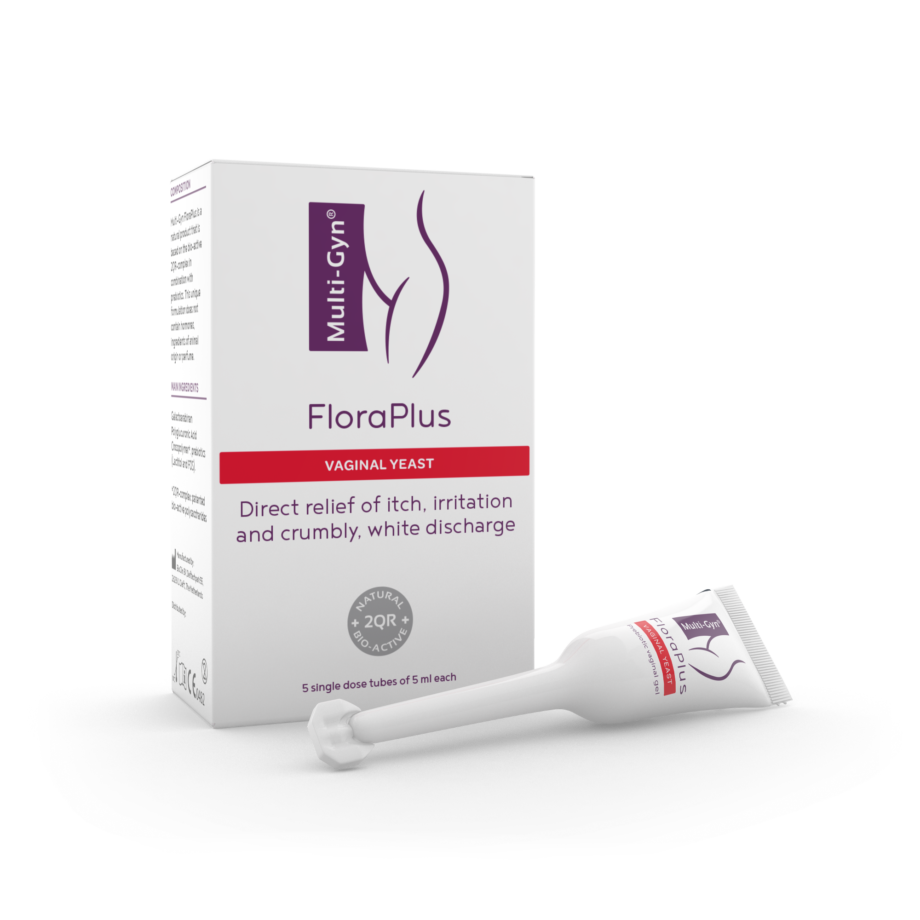
Multi-Gyn FloraPlus
Treats vaginal yeast symptoms

Multi-Gyn ActiGel
Treats bacterial vaginosis (BV)
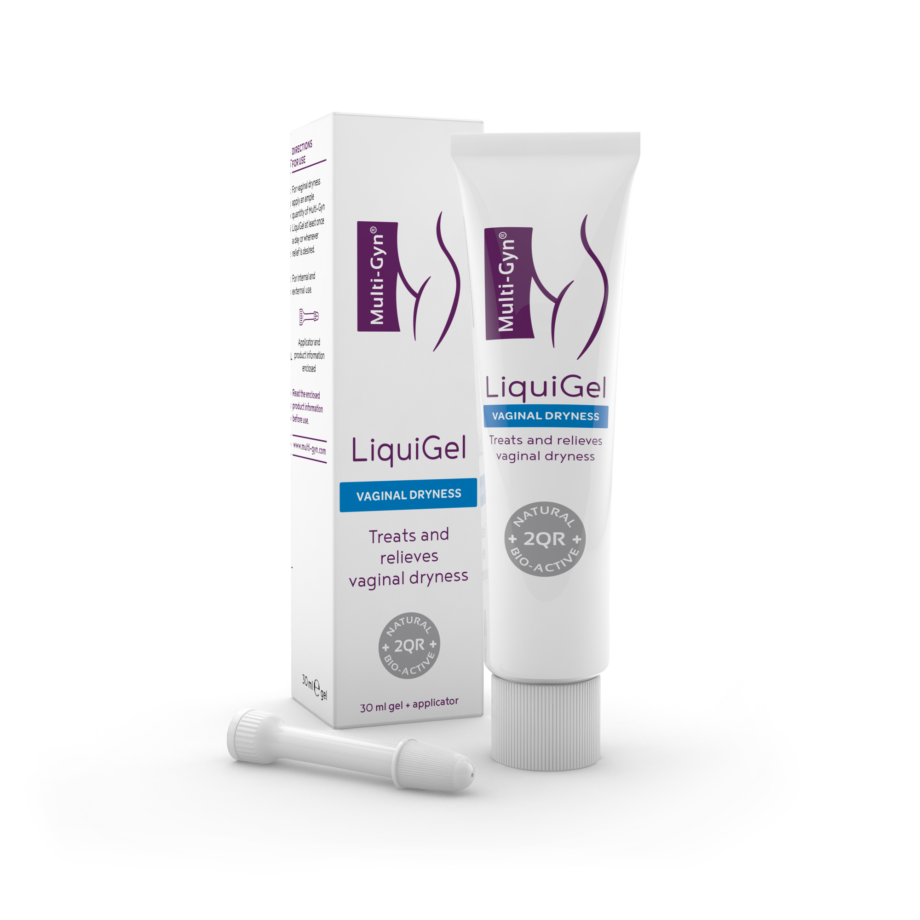
Multi-Gyn LiquiGel
Treats and relieves vaginal dryness
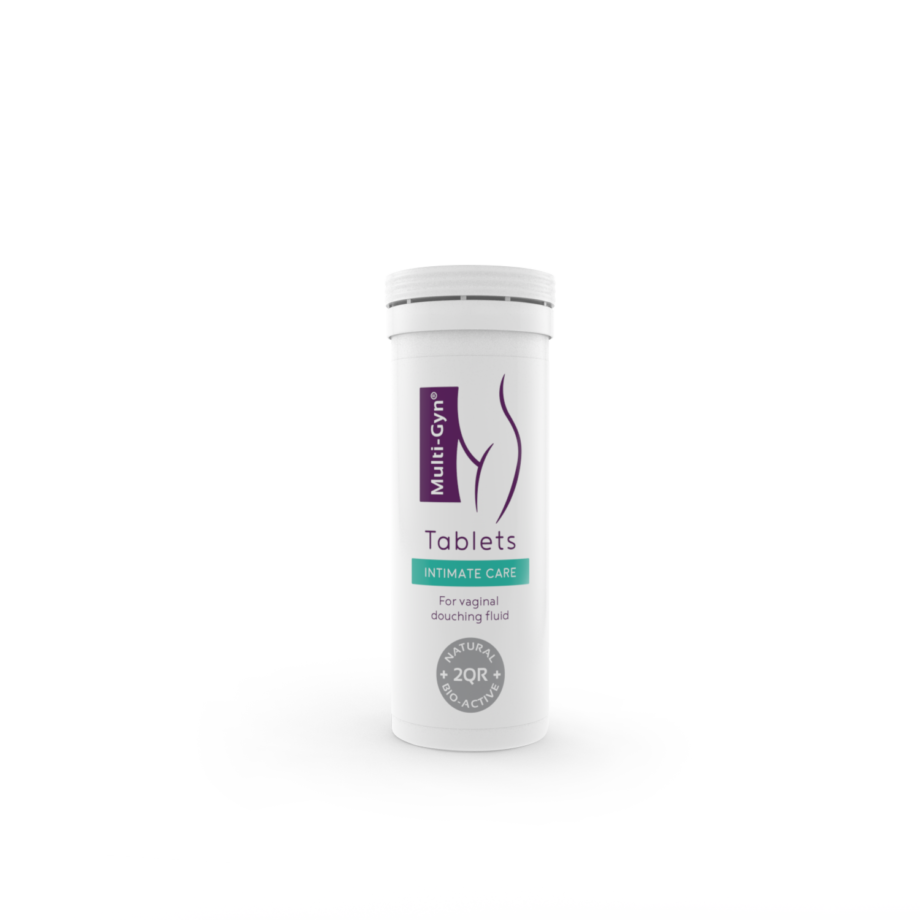
Multi-Gyn Tablets
For vaginal douching fluid
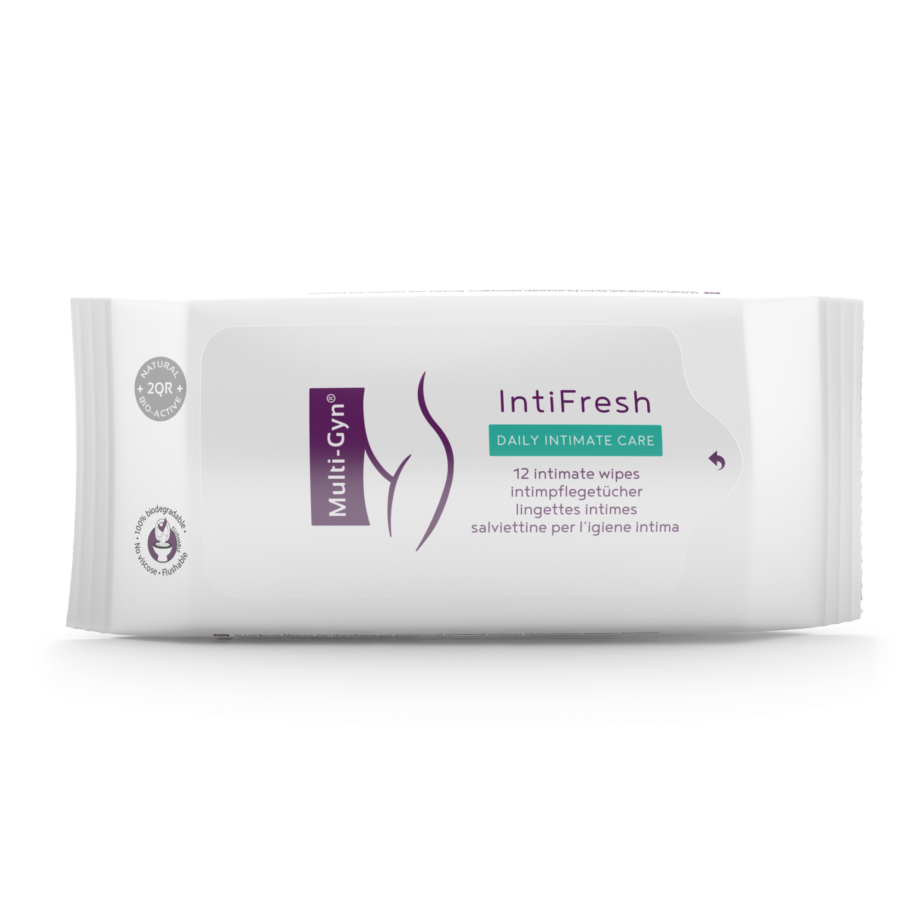
Multi-Gyn IntiFresh
Wipes for a mild intimate hygiene

Multi-Gyn IntiSkin
Soothes irritations of the intimate skin area

Multi-Gyn FemiWash
Gentle, soap-free intimate hygiene
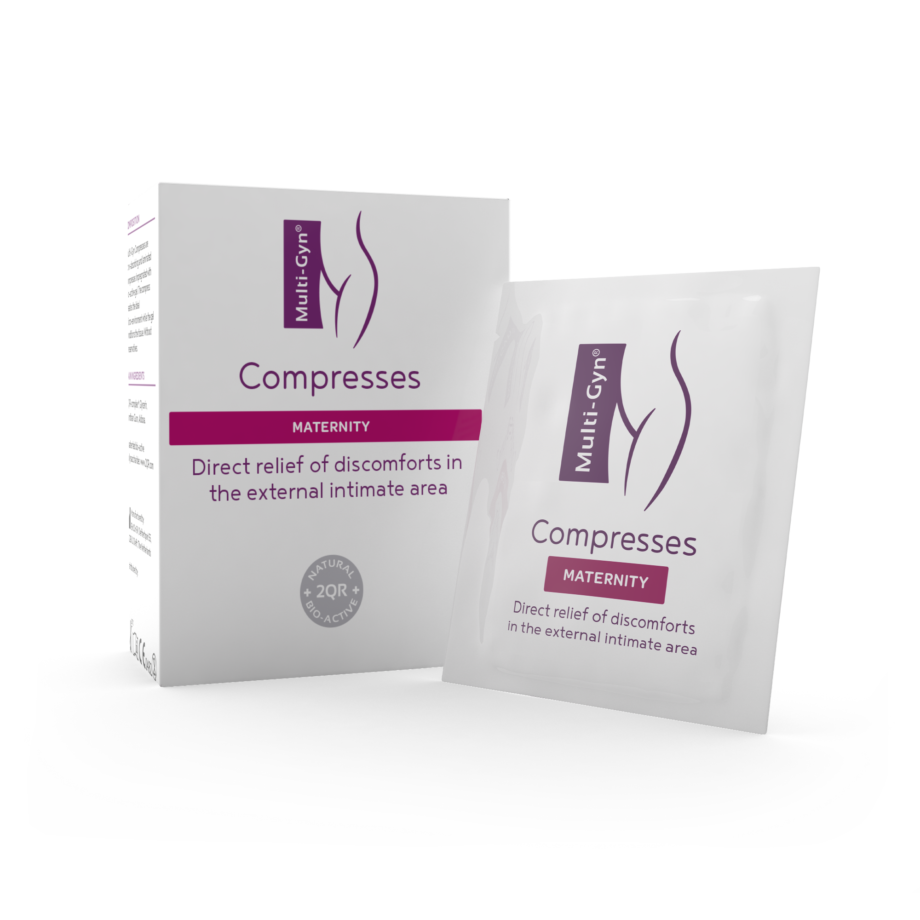
Multi-Gyn Compresses
Maternity. Soothing effect on the external intimate area
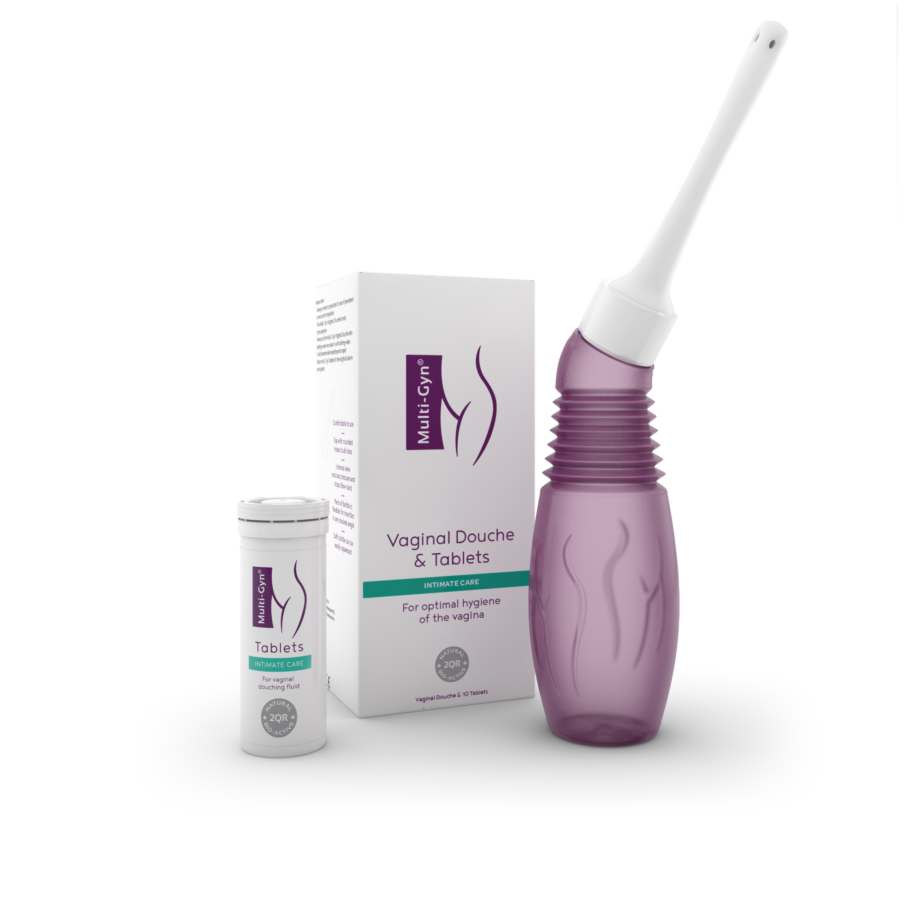
Multi-Gyn Douche & Tablets
For optimal hygiene of the vagina
Different treatments
Bacterial vaginosis can be treated with antibiotics, such as metronidazole, or with natural products and prebiotics which would restore the balance of the vaginal flora. Bacterial vaginosis treated with antibiotics has much more impact on the beneficial vaginal microflora as it also affects the good bacteria (lactobacilli), and antibiotics can also have annoying side effects. As a result, there is a high recurrence rate when BV is treated with antibiotics.
Natural products are more directed to restoring the good vaginal flora instead of disrupting it further by killing off both pathogenic (harmful) bacteria, and the good bacteria. Similarly, candida can be treated with antimycotics, or by a product which restores the balance and stimulating the beneficial lactobacilli flora in the vagina. In case you choose to use an over-the-counter self-treatment product, it is advisable to visit your doctor when the symptoms persist.
Want to know more?

Read article
Everything you should know about bacterial vaginosis
Bacterial vaginosis is one of the most common vaginal infections. Learn more about the symptoms, causes and treatment!

Read article
How to treat vaginal yeast infection
Vaginal yeast is a common vaginal infection that causes symptoms such as discharge and itch. Learn more on how to treat it!

